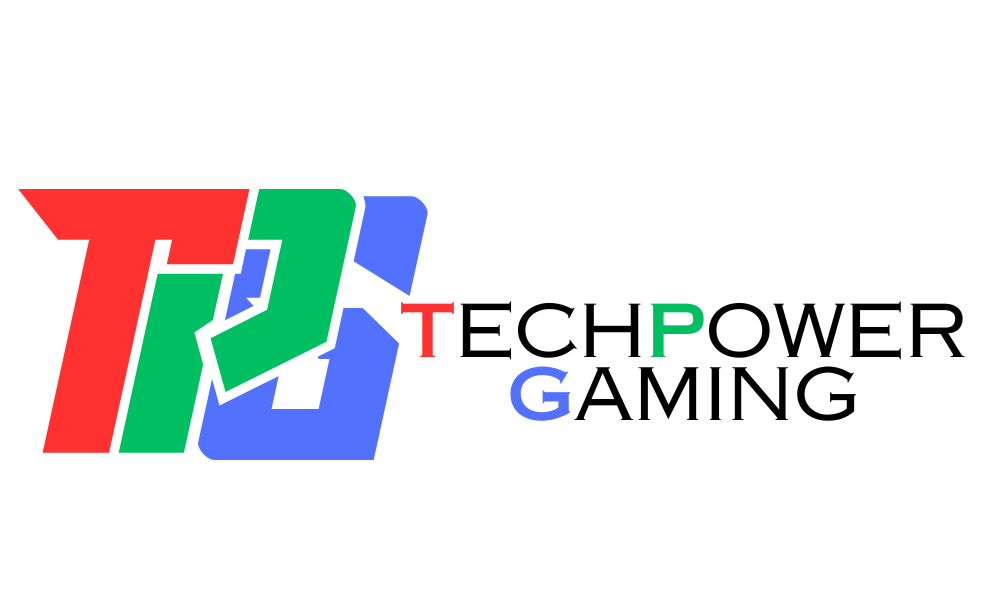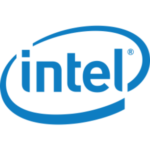A PC Graphic card, also known as a GPU (Graphics Processing Unit), is an essential component of modern computing systems. It is responsible for rendering images and graphics that are displayed on your computer screen. This article will provide an overview of how a PC Graphic card works.
Click here to browse our available Graphic Cards
- Graphics Processing Unit (GPU)
The Graphics Processing Unit (GPU) is the heart of a PC Graphic card. It is a specialized processor designed to handle the complex calculations required for rendering images and graphics. The GPU is different from a CPU (Central Processing Unit) in that it is optimized for parallel processing of data, which is essential for rendering complex 3D graphics in real-time.
- Memory
A PC Graphic card also comes with its own memory, called Video RAM (VRAM). This is separate from your computer’s main memory (RAM) and is dedicated to storing the data required for rendering images and graphics. VRAM is typically faster than regular RAM, and its dedicated nature allows it to be optimized for the specific needs of graphics processing.
- Graphics APIs
To communicate with the GPU, software applications use Graphics APIs (Application Programming Interfaces). Graphics APIs provide a standardized way for developers to access the GPU’s capabilities and are used to develop games, video playback software, and other graphics-intensive applications. Popular Graphics APIs include DirectX (Microsoft), OpenGL (Open Graphics Library), and Vulkan (Khronos Group).
- Rendering Pipeline
The rendering pipeline is the process by which a GPU generates images and graphics. It involves several stages, each of which is optimized for a specific task.
- Vertex Processing: In this stage, the GPU processes the geometry of 3D objects, determining their shape and position in space.
- Rasterization: Once the geometry has been processed, the GPU determines which pixels on the screen need to be colored to create the final image.
- Fragment Processing: The GPU applies lighting, textures, and other visual effects to the pixels, creating the final image.
- Output Merger: Finally, the GPU combines the processed fragments into a final image that is displayed on your computer screen.
- Graphics Card Memory Bandwidth
One of the most critical factors in a PC Graphic card’s performance is its memory bandwidth. Memory bandwidth is the rate at which data can be transferred between the GPU and the VRAM. A higher memory bandwidth allows the GPU to process more data, resulting in better graphics performance.
In conclusion, a PC Graphic card is an essential component of modern computing systems, responsible for rendering images and graphics that are displayed on your computer screen. It utilizes a Graphics Processing Unit (GPU) optimized for parallel processing, its own memory (VRAM), Graphics APIs, and a rendering pipeline consisting of several stages. The memory bandwidth of a Graphic card is a critical factor in its performance, allowing the GPU to process more data, resulting in better graphics performance.













